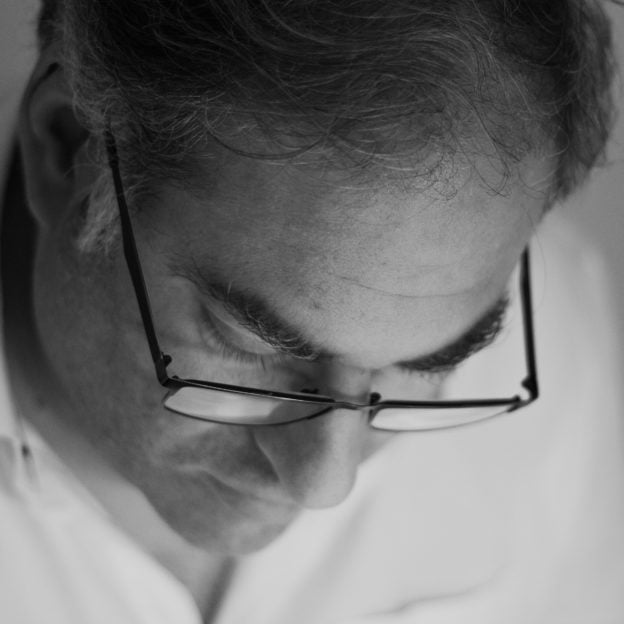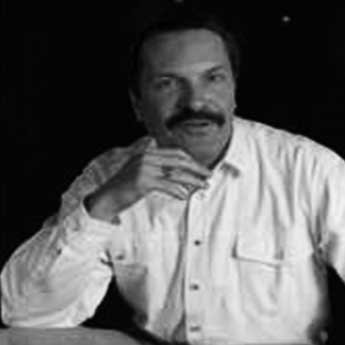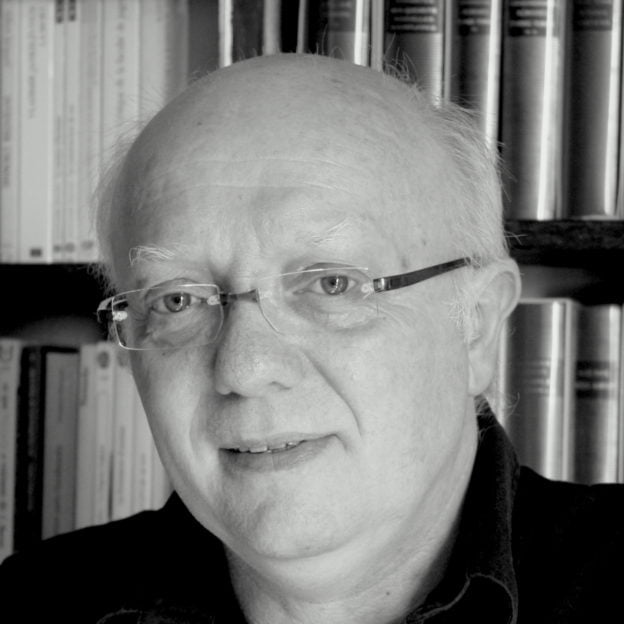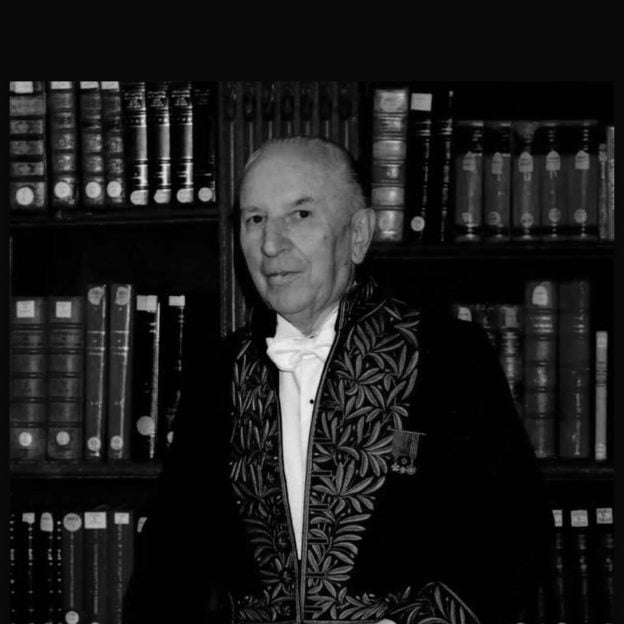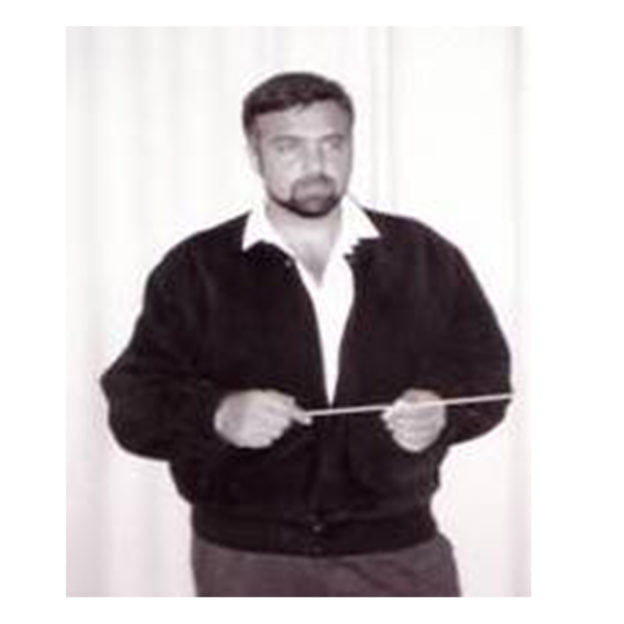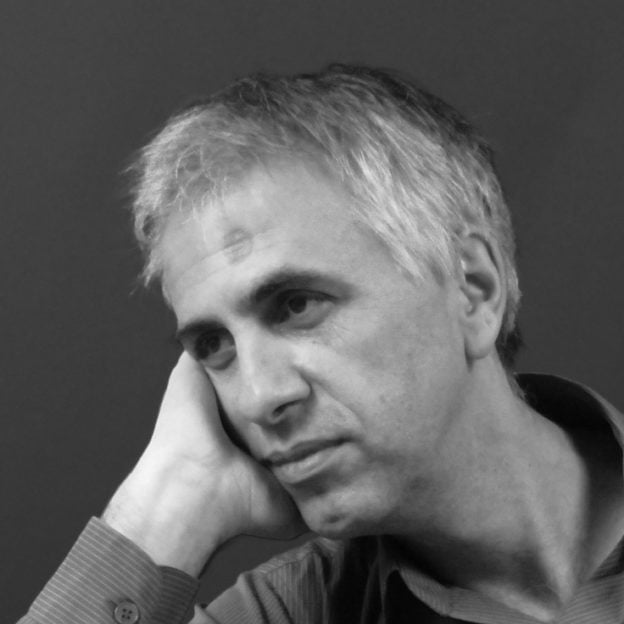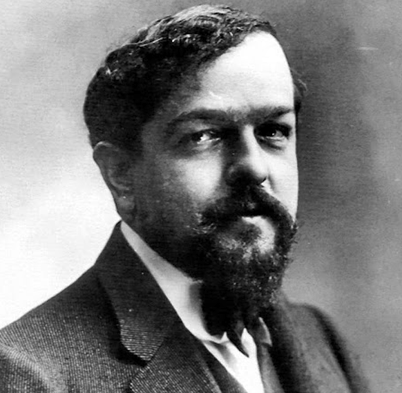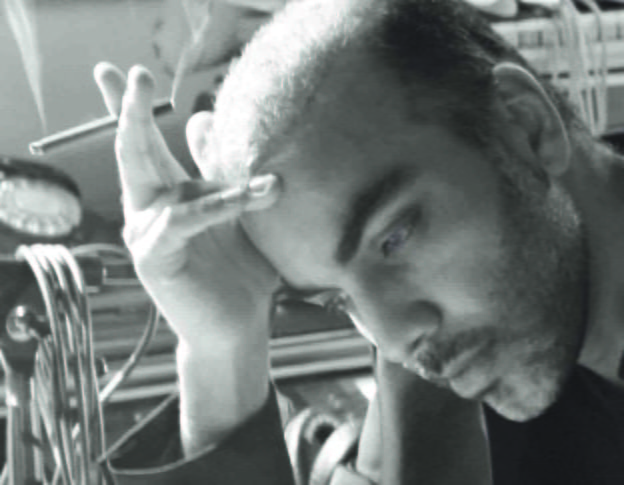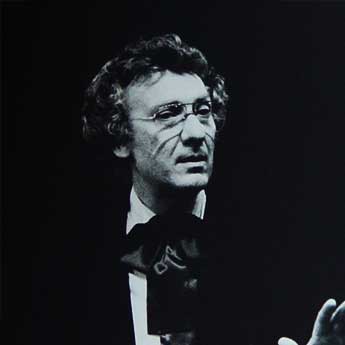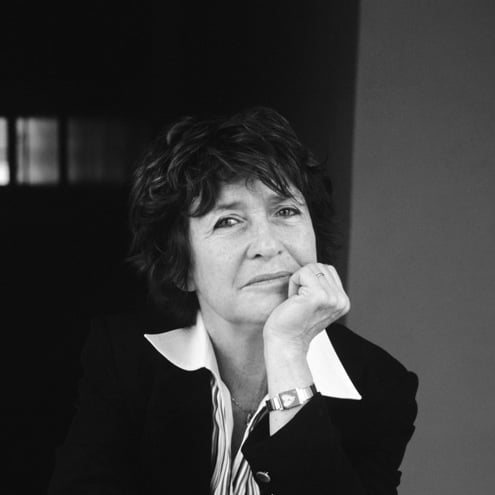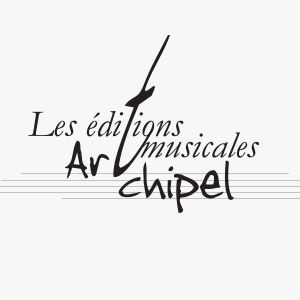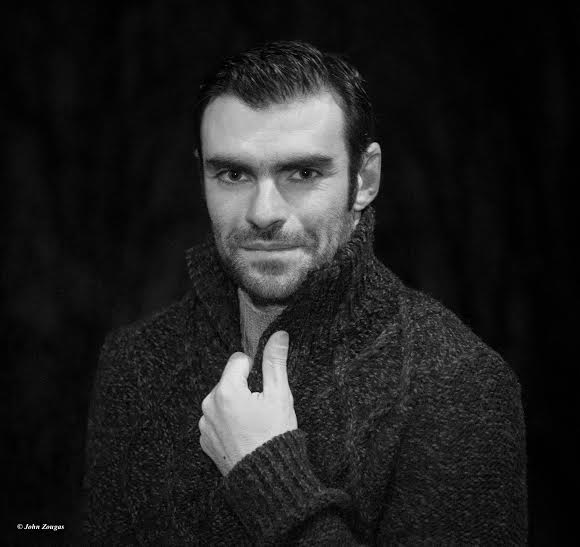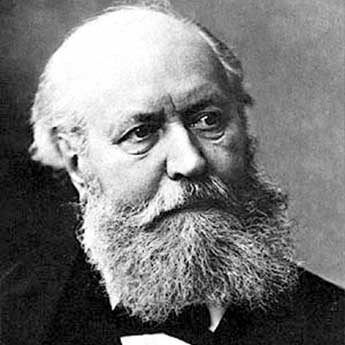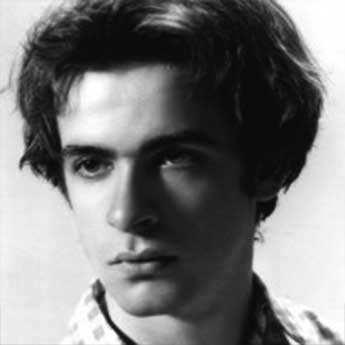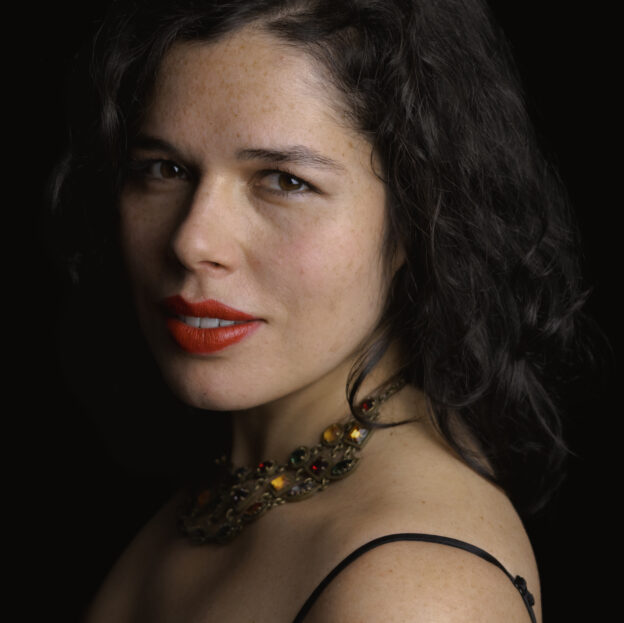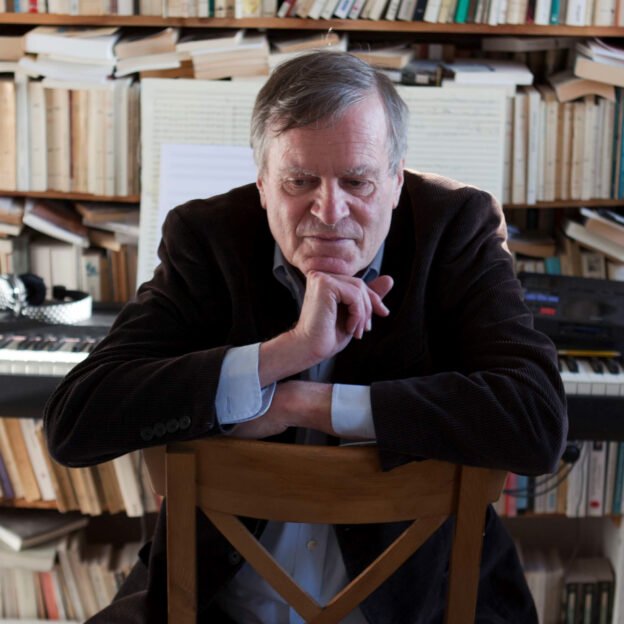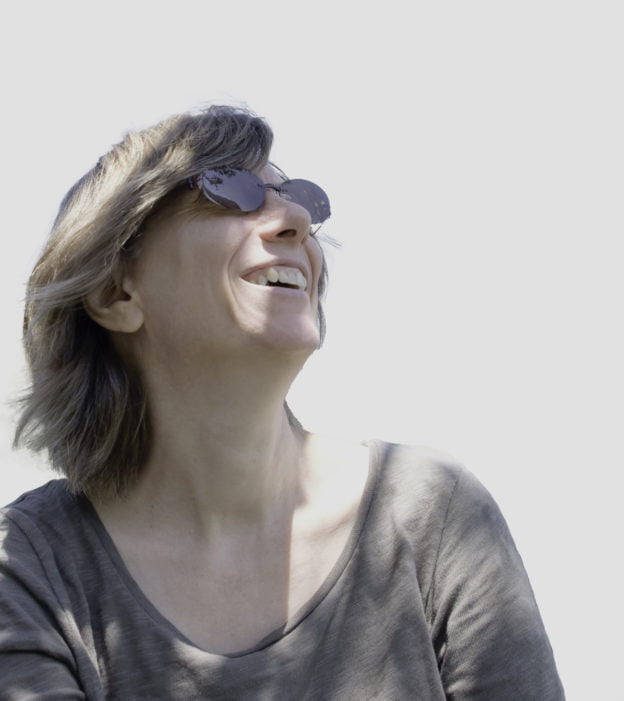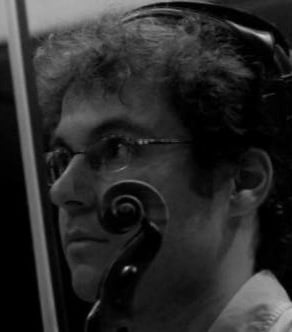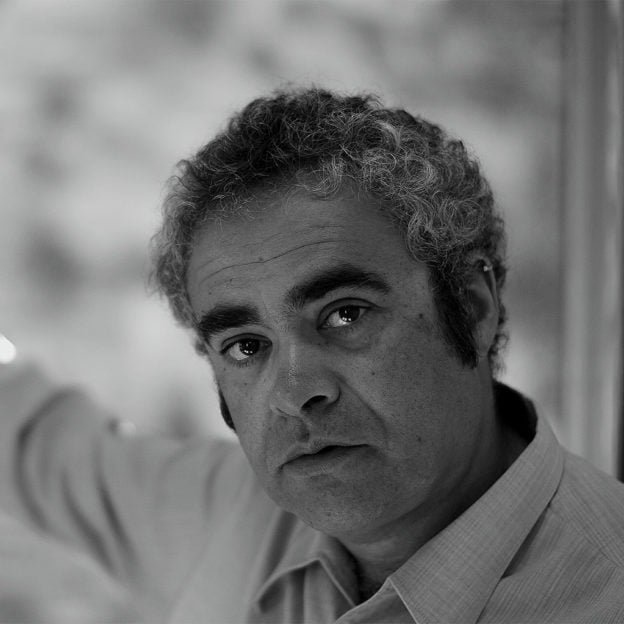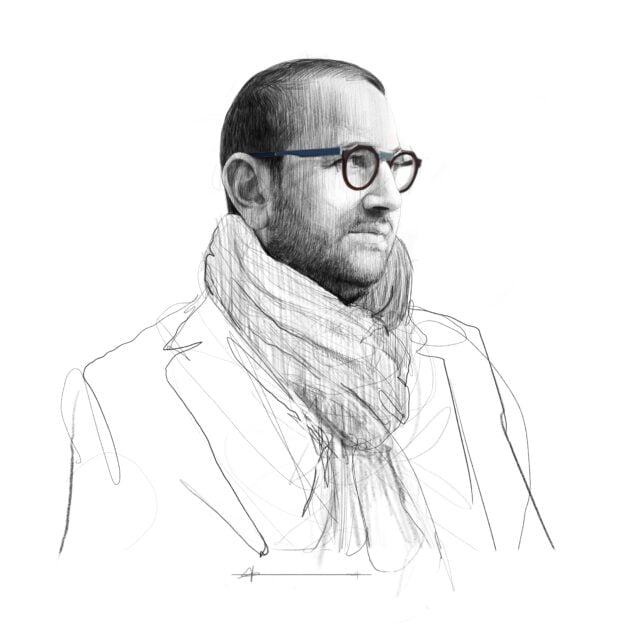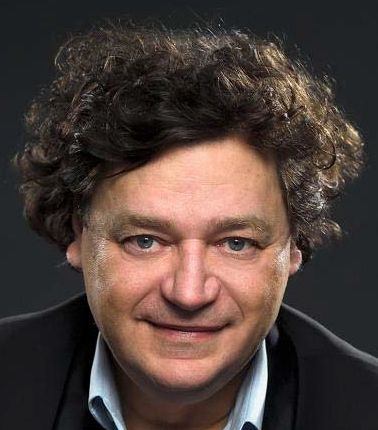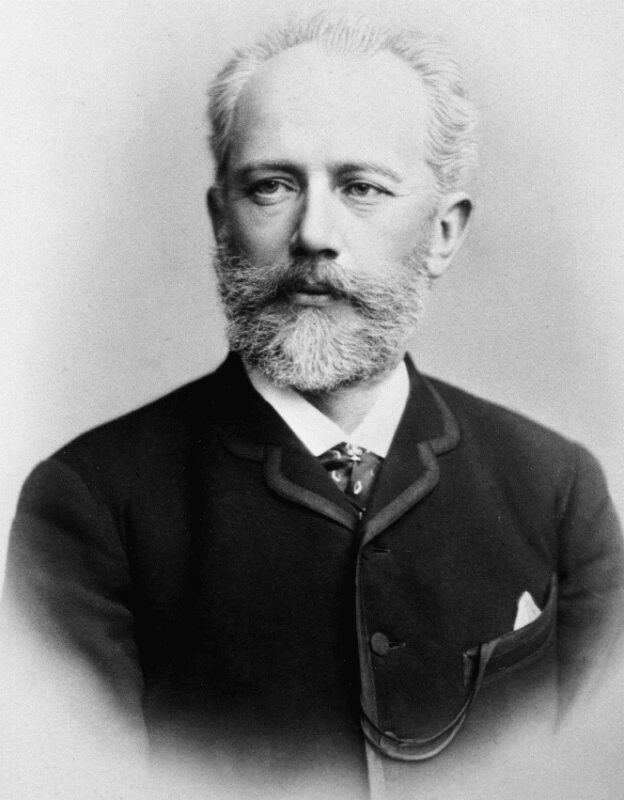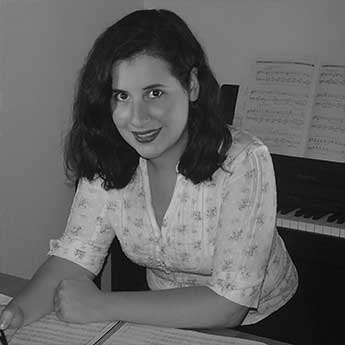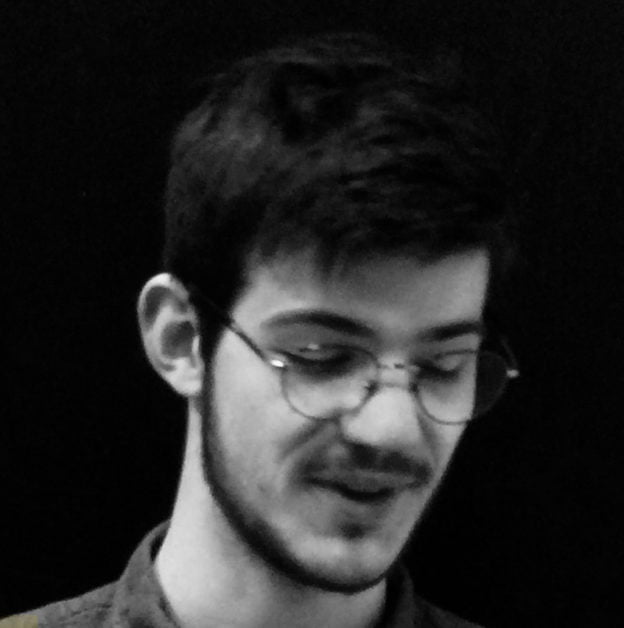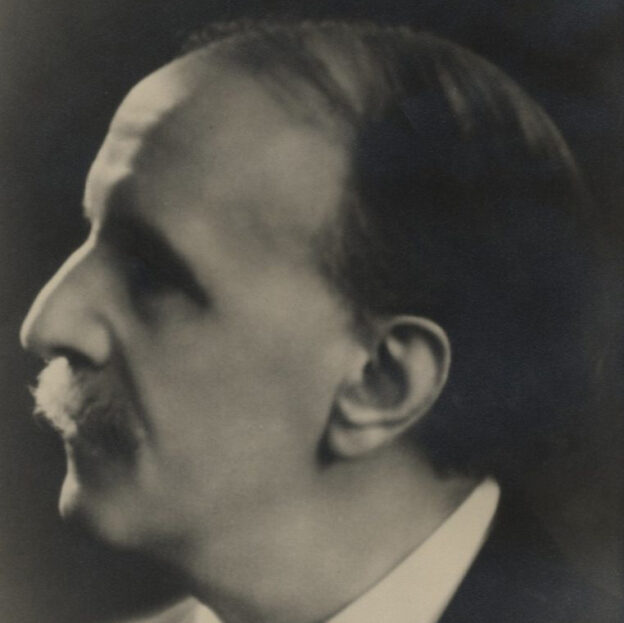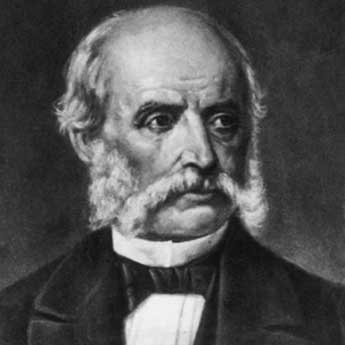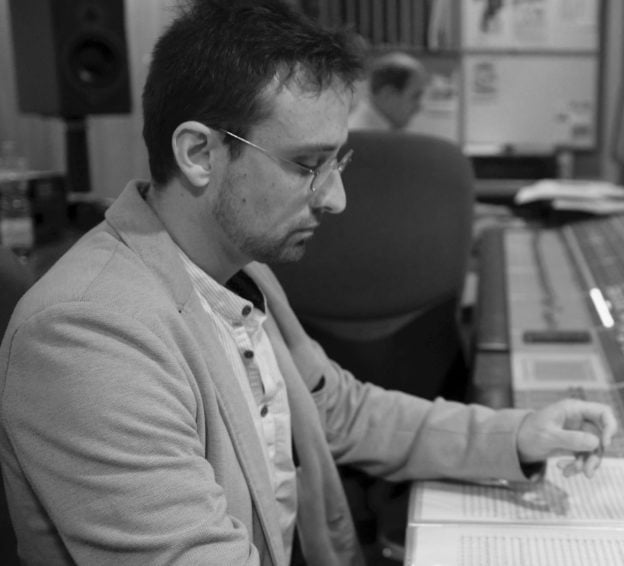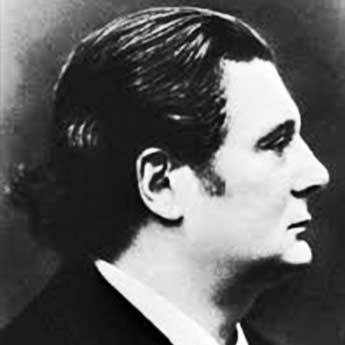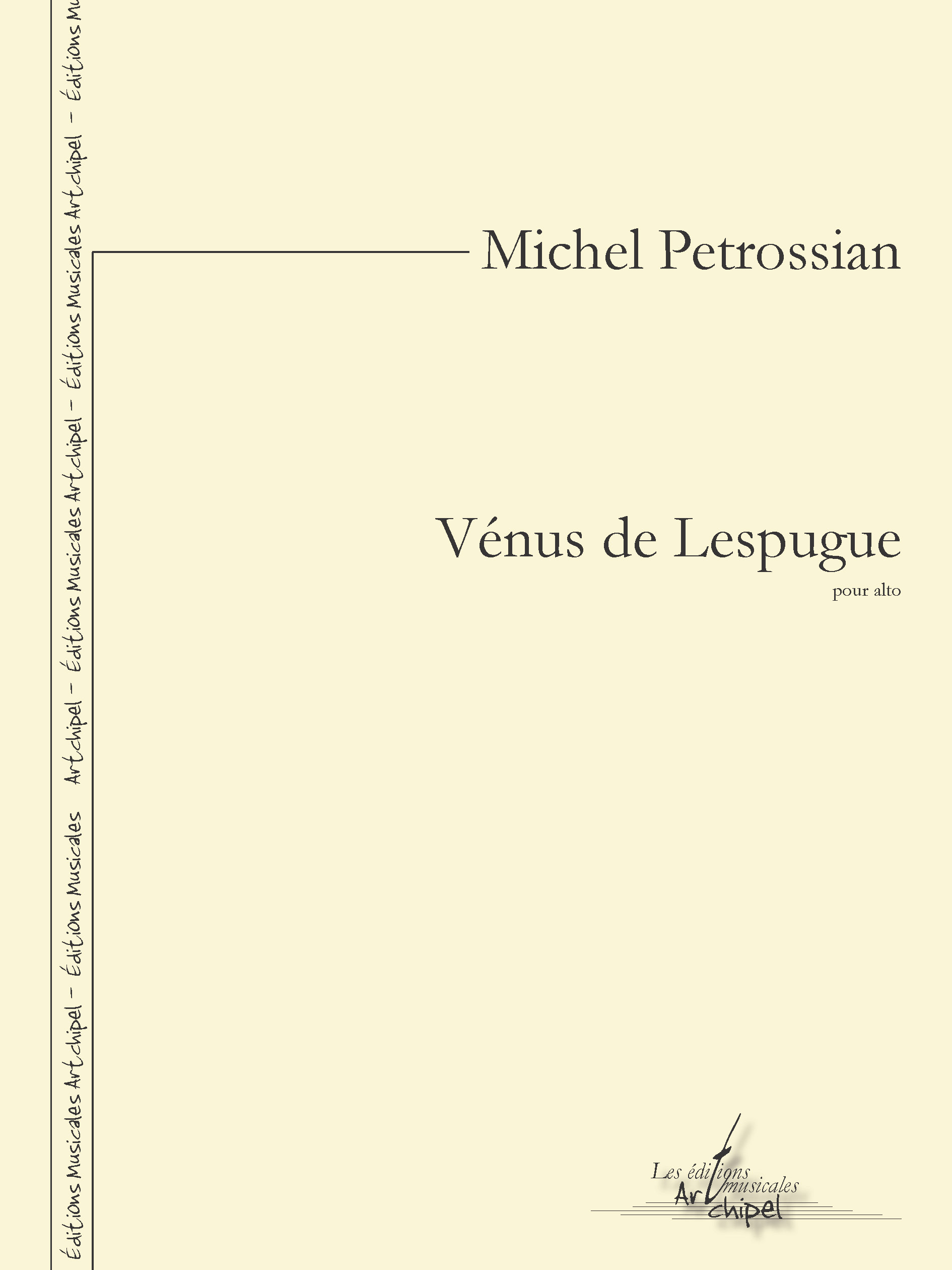Vénus de Lespugue
10,00 €
16,00 €
Vénus de Lespugue draws inspiration from a 15-centimeter ivory statuette carved from mammoth tusk, discovered in 1922 in a cave in Haute-Garonne and dating back 29,000 years. It is one of the most fascinating objects of Prehistory, an emblem of the Musée de l’Homme where it is displayed.
Beyond its evident beauty lies the ambiguity of its multiple forms, the plurality of perspectives offering several interpretations: a single woman or two, one giving birth to the other, or perhaps a female figurine with a phallic attribute, evoking the completeness of fertility. Whatever the reading, it seems a ritual function is associated with it, celebrating life in its renewal and continuity.
I wanted to stay as close as possible to the object of my inspiration—so as to soar as far as it carries us.
I oscillated between metaphysical quest and aesthetic wonder, between the musical transposition of the sculpture’s proportions and direct
naturalism.
Thus, the work begins with a movement that recalls the story of its discovery.
The noisy, diagonal bow strokes evoke the scraping of the ground during the excavation, while the percussive sounds produced simultaneously by the left hand recall the pickaxe blows that both uncovered and disfigured this Venus (nine in number, referencing the nine fragmented pieces of the statuette at the time of discovery).
In an attempt at poetic deciphering, I appropriated the idiom of the viola, aiming to create a world-work that explores the instrument in all its avatars, guided by what I perceive as its very essence—inner song.
This song is composed of pure sounds or complex noises, fragments of melody or strident rhythms. Obsessed with the figure of the circle that governs all the structuring proportions of the object, I use the strings of the instrument or the wood itself—especially in bariolages that incorporate not only the strings but also the ribs, as if to evoke the hypertrophied feminine attributes of this Venus, some of which are missing.
The use of detimbrated harmonics echoes the primitive flutes that resonated in its time—freeing us from the limiting artifice of equaltemperament.
An archaic song that is also a dance structures the second part of the work, demanding particular agility from the violist through the accumulative effect of multiplying voices—a tribute to the plurality of interpretations—before the already-heard elements return in a more concentrated, elliptical form.
My Vénus de Lespugue is above all a homage to the extraordinary longevity of the object and the permanence of its beauty across the centuries. By permuting the functions of time and space, I sought to verticalize this dizzying duration and echo the silence of millennia, for if the Venus of Lespugue has been contemporary to all the events of known history, it has lived twice over the periods of which we know nothing.
The piece is dedicated to Karine Lethiec, who not only commissioned and premiered it, but did everything to sustain my interest and inspiration with unwavering availability and competent enthusiasm, enabling me to bring the work to a high degree of precision in its writing. Completed on the day of her birthday and linked to the celebration of life embodied by the artisan of the Venus of Lespugue, the work is also dedicated to my son, Darius.
Additional information
| Weight | 0,510 kg |
|---|---|
| Dimensions | 24 × 32 × 1 cm |
| Support | PDF, Paper |
